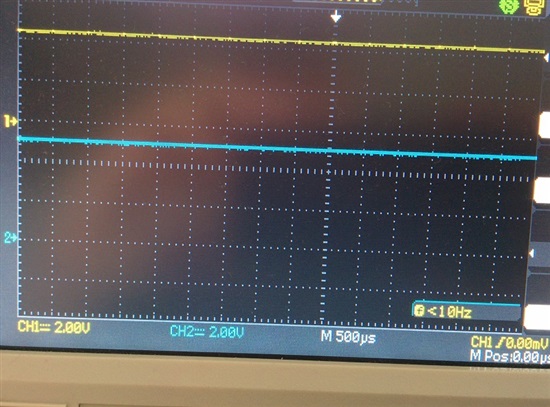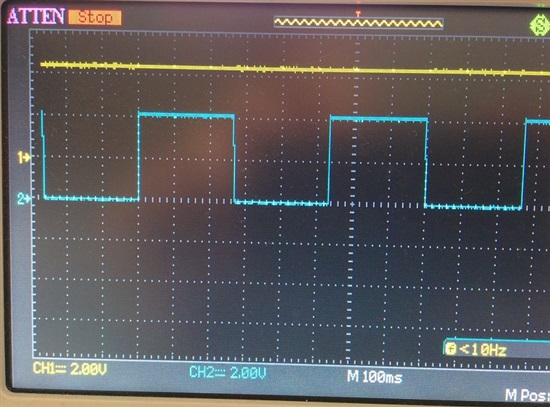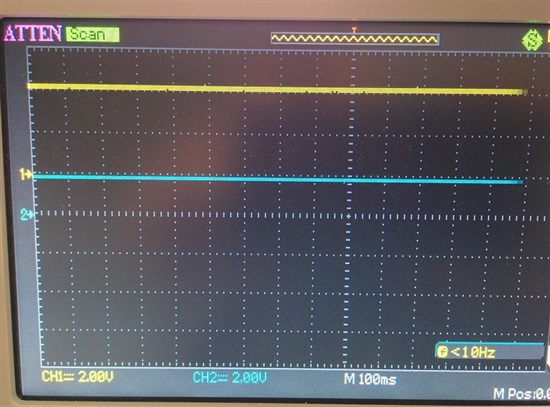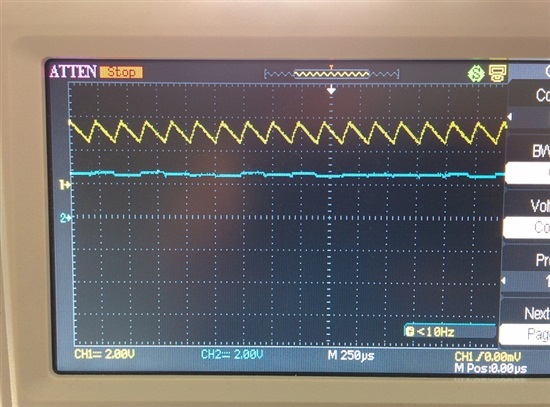Hi,
I've searched the forums and double checked the datasheet and my design but can't seem to find the issue here. I'm hoping someone could perhaps help me pin this down.
I have designed a board using a BQ24074. The IC accepts a DC voltage and a Li-Po battery, and at its output is a DC DC boost converter which boosts the output voltage to 5V. I have tested the boost converter separately and it seems to work fine, so the problem seems to be with the BQ24074.
Everything works as expected while the load current is under about 0.8A. When I connect a load greater than 0.8A, and the BQ24074 is running only off DC power (no battery present), the IC immediately starts to emit a high pitch noise, its output drops to about 3.5V (from expected 4.4V), and the "charging" LED lights up (power good LED is always ON on DC power).
If running only off the battery, (no DC supply present), it sources the required current and everything works as expected. If running on both DC power and battery, it also works as expected.
It seems like it is running into some kind of limiting mode, but I can not figure out why as I think I have configured everything correctly, and I don't understand why the "charging" LED turns on even though no battery is present. It is NOT a thermal issue as the IC is heavily heatsinked both by copper and an additional top mount heatsink - it is not getting uncomfortably hot to the touch either.
Relevant part of the schematic is attached.
Any clues?
Thanks in advance,
Regards,
-Igor






